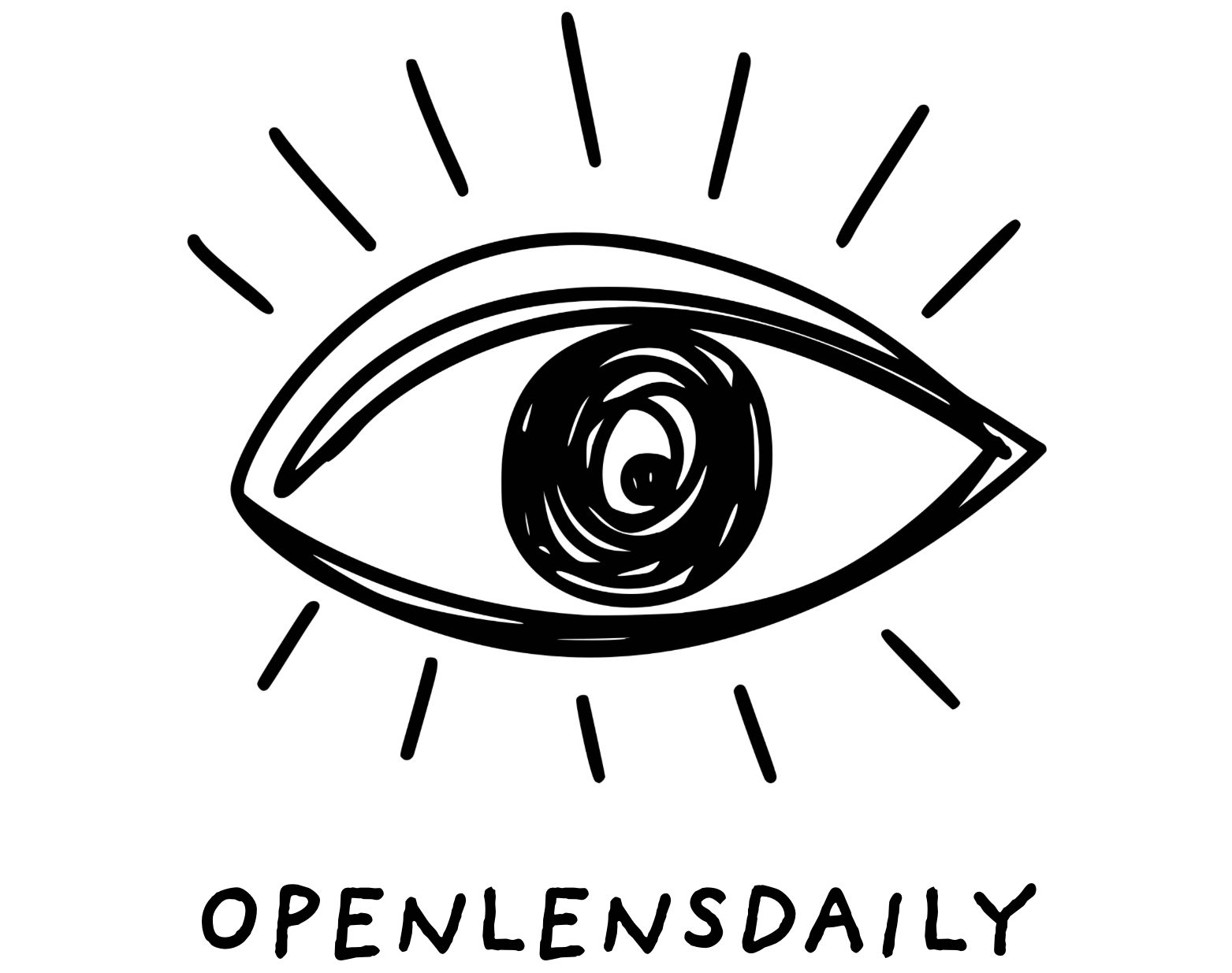The Legacy of Cemetery Monuments: A Tribute to Life and Craftsmanship
Cemetery monuments, often seen as mere markers for the deceased, play a profound role in our society. These structures evoke memories, preserve stories, and foster connections to our ancestral roots. Each headstone, adorned with letters, symbols, and intricate designs, serves as a tangible link to the past, standing as a testament to the lives once lived. They are not only memorials but also reflections of cultural and familial values.
The Role of Cemetery Monuments in Society
The significance of cemetery monuments extends beyond their aesthetic appeal. For many families, these stones embody memories and serve as a gathering place to honor and remember loved ones. The history carved into these stones often includes the initials, birth and death dates, and sometimes poignant inscriptions that reflect the personalities of those they commemorate. Consequently, these monuments become vital records of personal and communal histories, ensuring that the legacies of individuals endure through generations.
The Artisans Behind the Monuments
While it’s easy to appreciate the final product, we rarely consider the artisans—the stone cutters and carvers—who breathe life into these artworks. Their craftsmanship is often characterized by intricate designs and thoughtful attention to detail. Many of these artisans were local figures, steeped in tradition and skilled in techniques passed down through generations. Their work not only showcases artistic talent but also connects to localized historical narratives.
One particularly gripping tale from Fredonia involves a stone cutter whose life took a dark turn. This man, who became notorious for the murder of his wife, faced a grim fate—his hanging was so sensational that it was repeated twice! Such stories highlight the complex interplay between local history and the art of stone cutting, illustrating how the lives of the very artisans entrusted with memorializing the dead can be enmeshed in remarkable, sometimes tragic, tales.
Dr. Catherine J. Ullman’s Lecture on Local Stone Cutters
To delve deeper into the fascinating intersection of artistry, history, and personal narrative, Dr. Catherine J. Ullman—a Principal Technology Security Architect, firefighter, and independent researcher—will be presenting a lecture titled “The Stone Cutters of Fredonia: Headstones and Beyond.” Scheduled for Thursday, September 11, at the historic 1891 Fredonia Opera House, the lecture aims to shed light on the captivating stories behind local stone cutters and their creations.
Dr. Ullman’s insights promise not only a deeper understanding of the craft but also a compelling exploration of the lives entwined with these remarkable stone works. Her research emphasizes how these artisans contributed to the cultural identity of the area, making their stories just as significant as those of the individuals memorialized.
Admission Details and Support for the Arts
The upcoming lecture offers free admission, encouraging community participation and engagement. While the event welcomes donations to support future programming, it underscores a collective effort to celebrate and preserve local history through the arts. The 1891 Fredonia Opera House is dedicated to presenting high-quality programming at an affordable price, thanks to the support from various local and state organizations, including the New York State Council on the Arts.
For visitors and locals eager to engage with the arts, the venue provides an enriching space for cultural exchange and historical appreciation. To learn more about their upcoming events, attendees can visit www.fredopera.org for a comprehensive schedule.
A Connection to Our Heritage
Cemetery monuments do more than mark the resting places of the deceased; they serve as vital links to our heritage and the stories of those who came before us. By engaging with local history, as presented by Dr. Ullman and others, we celebrate the artistry of stone cutters and the rich tapestry of lives they have commemorated. Through the preservation of these narratives, we gain insights into our own identities and the community around us, ensuring that the past remains an integral part of our collective memory.

